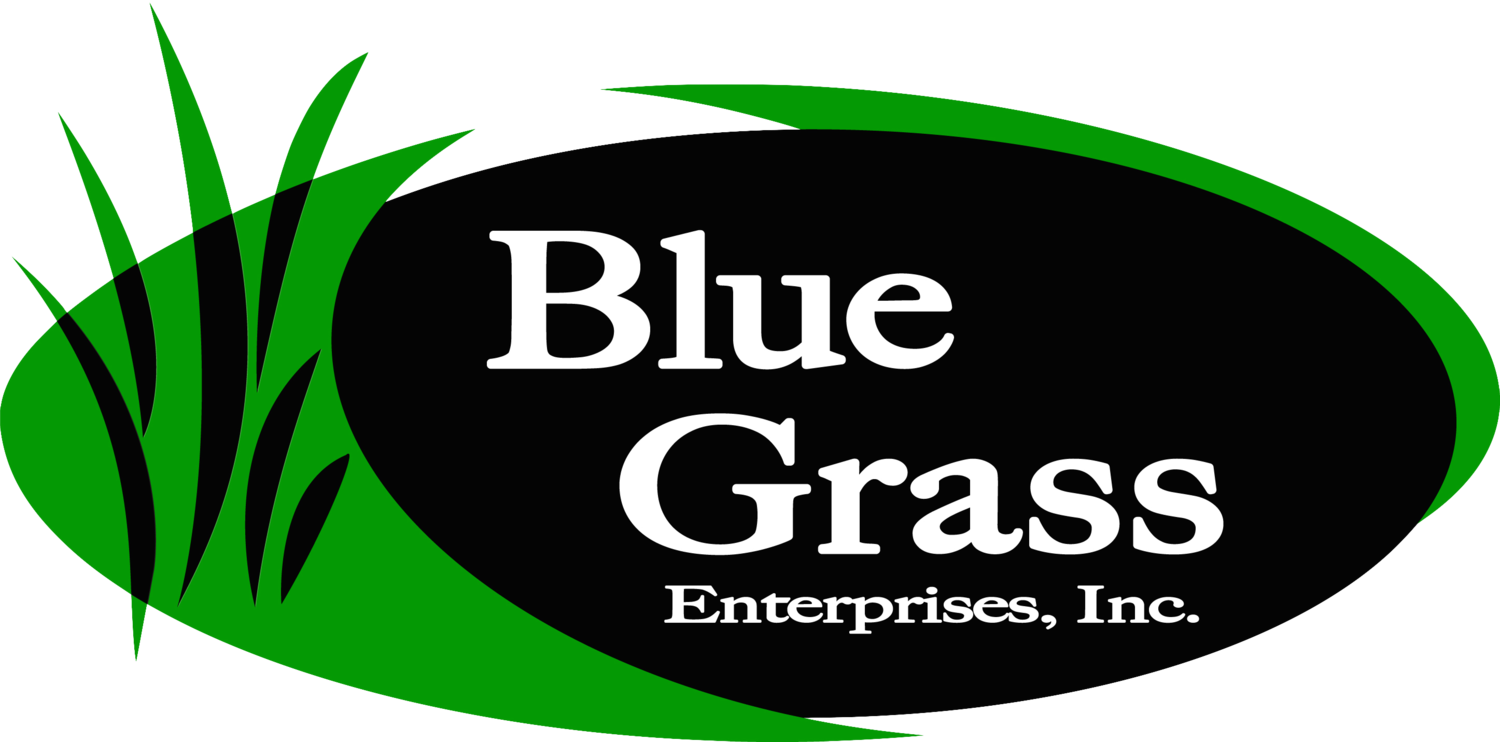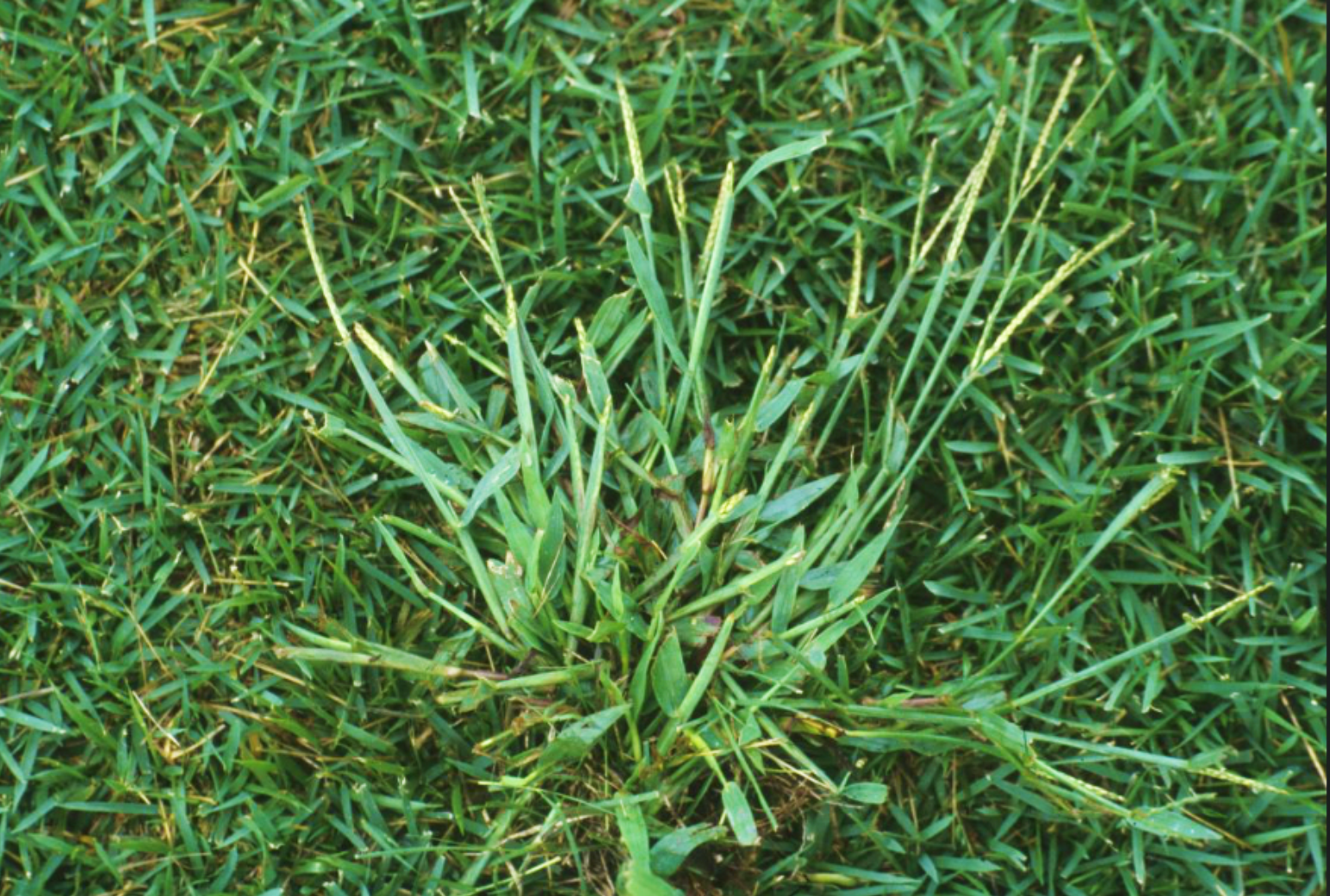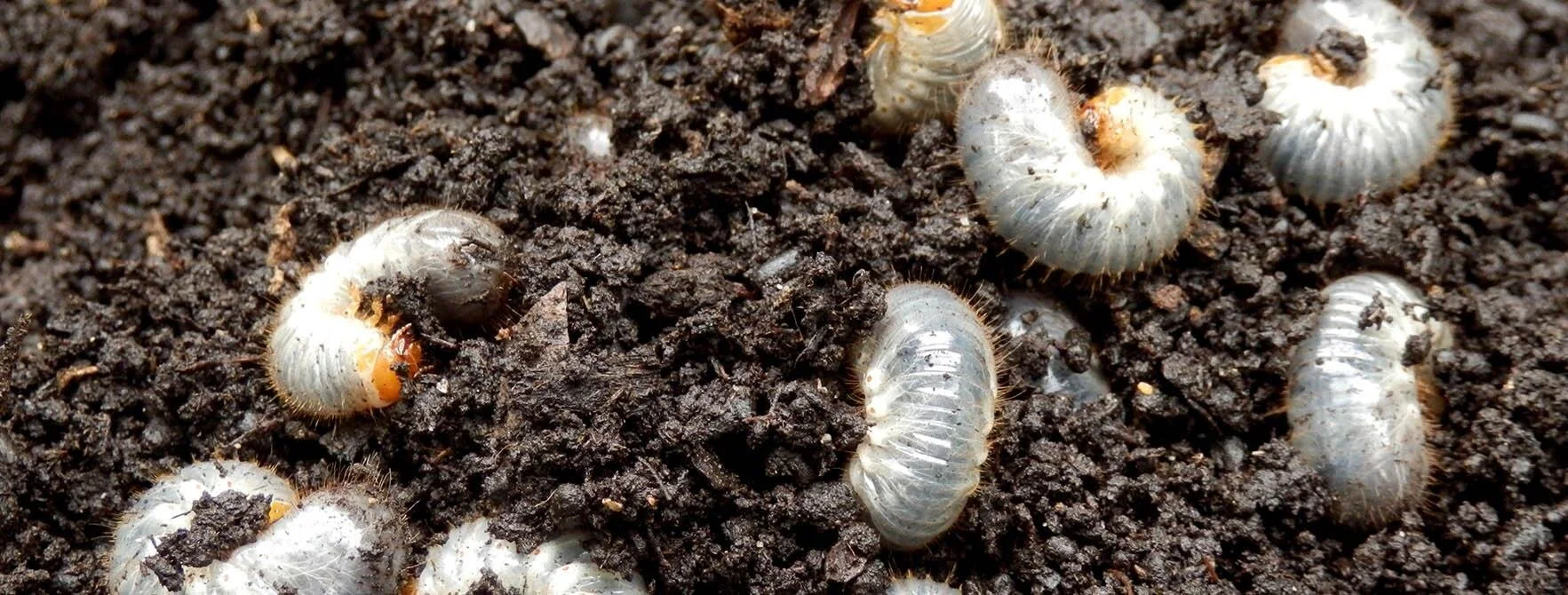Tattoo idea for crabgrass lovers
It’s almost time to apply Step 2 (the crabgrass preventer) to your lawn.
Some interesting background on crabgrass:
Did you know that crabgrass is an invasive species that was originally imported by the US Department of Agriculture from both Africa and Europe in 1849? You may have noticed that this tenacious plant is EXTREMELY prolific, producing upwards of 40,000 seeds (from a single plant) per year. The seeds can also lie dormant in the soil for decades until conditions are right for them to germinate… So you have to admit, even if you hate crabgrass, it’s worthy of a head nod in terms of biological fortitude.
But it is still inactive and studies have even shown that athletic fields that are poorly maintained and comprised mostly of crabgrass actually produce more injuries among the players (because crabgrasses thrive in compacted soils and the plant itself provides less cushion to a falling athlete). So if you have both aesthetics and safety in mind for your lawn, it’s best to not let it get a foothold.
But maybe you noticed that we carry different Step 2 products because one has food and a crabgrass preventer, and the other has food, a crabgrass preventer, and a pollinator-safe grub preventer.
So let’s answer some questions to help you decide which program might be right for you!
What Does Step 2 Do?
Our Step 2 called “20-0-5 w/ Dimension” is plant food and weed preventer. It is active for 120 days (give or take, depending on weather conditions).
Our other Step 2 is called “32-0-5 w/ Dimension and Acelepryn” is a plant food and weed preventer and a reduced-risk insect (billbug and grub) preventer. It is active for 160 days (give or take, depending on weather conditions).
Both Step 2 products have this in common: They are slow-release fertilizers and they both are weed preventers for both crabgrass and more than 40 types of grassy and broadleaf weeds that are known to plague Iowa lawns.
So, if you are trying to reduce weed pressure in your lawn, Step 2 is essential. If you want to reduce weed pressure and reduce the risk of grub damage in your lawn make sure you choose the 32-0-5 product with Dimension and Acelepryn.
What is a “Reduced Risk Insecticide”?
In response to concerns about the safety of pollinator species over the years, scientists have developed a new class of insecticides that are much better at targeting specific species, even if improperly applied. The EPA has created a new category called “Reduced Risk Insecticide” for these products. Acelepryn has been university-tested and has been shown to have no adverse effects on pollinator or earthworm populations. Over the past two years, we have also done tests of our own and observed it was at least as effective as our previous insect control on targeted species, such as white grubs.
When Do I Apply Step 2?
It is best to apply 20-0-5 with Dimension in May. It is best to apply 32-0-5 with Dimension and Acelepryn in late April.
Can I Use Step 2 If I Planning to Put Down Grass Seed?
I’m glad you asked! Consider this your friendly reminder that any crabgrass preventer will stop ALL seeds from germinating - including the good stuff you are trying to grow intentionally!
This is why you should avoid gardens and landscaping, and never try to do a grass seeding project in the same season that you are trying to control weeds.
The good news is that pre-emergents do not affect sod and will even keep weeds from coming up in between seams, so sod projects are still “a go” with Step 2!
Are There Other Things I Can Do To Be Safe With Pollinators and My Lawn?
Yes. First, always know exactly what you are applying to your lawn and for what purpose. We also always recommend mowing your lawn first because that will remove any flowers from clover or dandelions that might attract the bees while any insecticide products might be active. You can also plant lots of wonderful flowering trees and plants in your landscaping to provide lots of food sources for pollinators throughout the year.
What about corn gluten as a possible alternative?
Dr. Nick Christians from Iowa State University literally wrote the book on the use of corn gluten as an alternative to chemical pre-emergents. For comprehensive information on his findings and techniques, click here.
How do pre-emergents work?
(This section is an article from our Turf Producers Industry Magazine, written by Dr. Casey Reynolds. The information is too good not to pass along! Enjoy!)
As the saying goes, the best defense against weeds is dense, healthy grass. There is no doubt that a dense ground cover reduces the amount of light available for weed-seed germination, and this is the first and best line of defense. In many cases, this will reduce or even eliminate the need for herbicidal weed control. However, when used properly herbicides are a very effective tool in many turfgrass management programs. Herbicides can have preemergence properties, postemergence properties, or both. As the names suggest, preemergence herbicides are most effective when applied prior to weed emergence and postemergence herbicides are most effective when applied after emergence. While both types of products are valuable, this edition of TLI Helpful Hints focuses on the proper use of preemergence herbicides.
There are many different preemergence herbicides on the market that can be used in home lawns. They have different trade names, formulations, ingredients, use rates, modes of action, etc., and it is important to understand the impacts of each. Commonly used herbicides in home lawn products often include prodiamine, pendimethalin, dithiopyr, and others. These products control annual broadleaf and grassy weeds by preventing cell division, photosynthesis, or other plant processes in newly emerging weed seeds. They need to be applied prior to emergence, not germination, and as such don’t prevent them from germinating but rather they prevent them from ‘emerging’ through the turfgrass canopy. They can be applied during the fall months prior to the emergence of winter annual weeds and/or during the spring months prior to the emergence of summer annual weeds. For summer annual weeds like crabgrass (Digitaria sp.) or goosegrass (Eleusine indica), preemergence herbicides should be applied when soil temperatures begin to stay above 55 to 60oF (12 to 15oC) for crabgrass and 60 to 65oF (15 to 18oC) for goosegrass.
One of the main benefits of preemergence herbicides relative to postemergence herbicides is that they have a long-lasting effect that prevents weeds from germinating for weeks or even months without any injury to the desired turfgrass. This reduces the need for follow-up post-emergence applications which often are more expensive, more selective in the weed species they control, and more injurious to desired grasses. One of the ways to extend the length of preemergence weed control even longer is through the use of follow-up applications. Herbicide labels often recommend specific timing and rates for re-application intervals, and they will sometimes even do so based on the target weed species. Follow-up applications are particularly useful in warmer, southern climates where the growing season for summer annual weeds is simply too long for the residual control provided by one application.
Regardless of which product you choose, preemergence herbicides can only be applied in liquid or granular form. Liquid herbicides can be applied through various types of sprayers (backpack, hose-end, spray-gun, etc.) while granular herbicides are applied through rotary or drop spreaders. One distinction to mention is that granular herbicides are often impregnated on a fertilizer carrier for easier application. Regardless of which product you use, it is important to water the product into the lawn and through the thatch layer so it reaches the soil. As with any product, be sure to follow the labeled directions for successful use and to maximize the advantages of preemergence herbicides in home lawns. (Article by Dr. Casey Reynolds)



